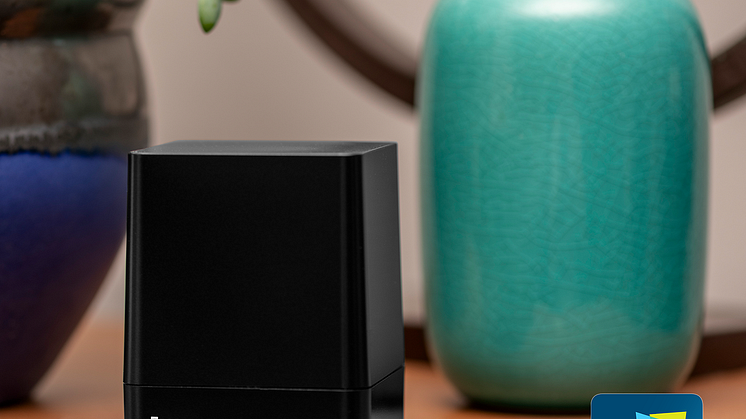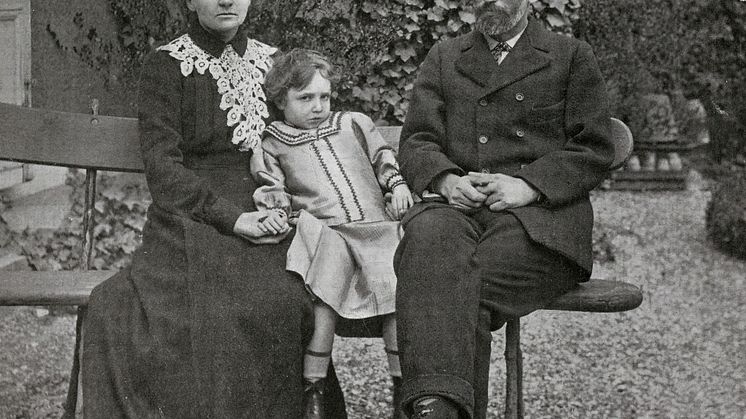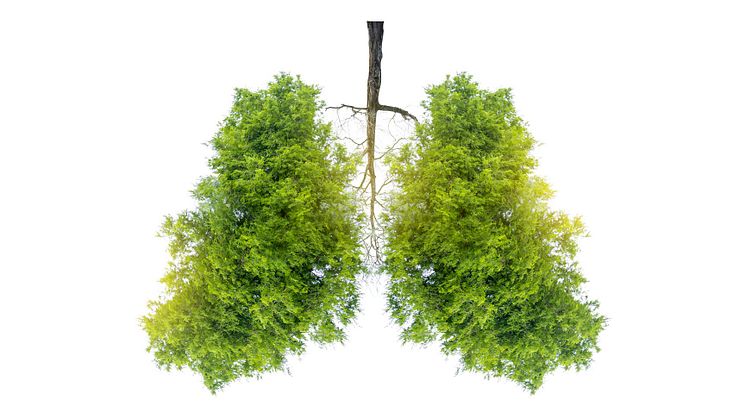
Press release -
Test Your Air During Clean Air Month
A growing body of scientific evidence indicates that the air within your home and workplace can be more polluted than the outdoor air of the industrial cities.
Every May since 1972, the American Lung Association has sponsored Clean Air Month. This awareness month not only celebrates the achievements and advances in air quality since the passage of the Clean Air Act, but also educates people about the importance of clean air and the connection between air quality and respiratory health. One of the major categories focused on during Clean Air Month is indoor air quality (IAQ).
What is indoor air quality (IAQ)?
The United States Environmental Protection Agency (EPA) defines IAQ as “the air quality within and around buildings and structures, especially as it relates to the health and comfort of building occupants.” With the average person spending approximately 90% of their time indoors, the possibility of health effects due to poor air quality is elevated. Poor indoor air quality can cause asthma, bronchitis, allergies, lung cancer, and more.
These diseases may be preventable by mitigating the source of the pollutant. Therefore, identifying the pollutant is paramount. A significant, but often overlooked, indoor air pollutant is radon gas.
Radon and indoor air quality
Radon exposure is the second leading cause of lung cancer in the United States, only behind smoking. It is responsible for thousands of deaths each year. The noble gas radon is invisible, odorless, and tasteless. Radon is released during the natural decay of uranium in nearly all soils and rocks. It often enters buildings through cracks, and through other openings in foundations such as sump pumps. Buildings trap radon inside where it eventually begins to build up to potentially dangerous levels. These particles can be breathed into the lungs where they bombard the cells with dangerous, cancer-causing radiation. In the United States, the EPA recommends action if radon levels are 4.0 pCi/L or higher. The Health Canada guideline recommends remedial solutions at 200 Bq/m³ or higher. Any building can have a radon problem. New and old homes, well-sealed and drafty homes, and homes with or without basements all have the potential for dangerous levels.
Measuring radon in your home or workplace
“We urge everyone to be cautious of their own personal indoor air quality and test for radon in their homes and workplaces,” says Zan Jones, VP of Sales and Marketing for Radonova, Inc. “Testing is the only way to determine the radon levels in the sites where you spend the most time.” It is recommended to test below the third floor in buildings. Even if you have tested for radon before, it is recommended to test every two years.
Radonova has an extensive portfolio of different radon tests available:
- QuickScreen is a 2-to-4-day charcoal radon screener which is ideal for obtaining a quick snapshot of radon levels.
- The 10 to 90 day Rapidos alpha track detector provides detailed and accurate results in a relatively quick period.
- Radtrak³ is the most popular alpha track radon detector in the world. It is deployed for up to 365 days and is the most accurate option.
Whatever testing method you decide to use will be a great first step in maintaining safe air quality levels in your home or workplace.
About Radonova
Radonova is the laboratory of choice for numerous government radon surveys, as well as other public, and private sector large-scale measurement contracts around the world. A truly global laboratory, Radonova is active in over 50 countries and has performed millions of measurements.
Related links
Topics
Categories
With our modern laboratory in Uppsala, Sweden, facilities in North America, and customers in over 50 countries, we are the global leader when it comes to measuring radon. We employ over 25 highly trained administrative, technical and laboratory staff who are engaged in production, analysis, sales, technical support plus R & D. Our work is based on a customer-oriented perspective, and our objective is to always surpass your expectations with regard to quality, service and experience.
As an ISO 17025 accredited company we continually monitor our own performance making sure we meet and exceed stated quality and performance standards. We constantly review our procedures and team training to maintain and improve both our technical competence and client satisfaction. Our ability to offer an accurate and precise analysis service ensures reliability at all levels.










